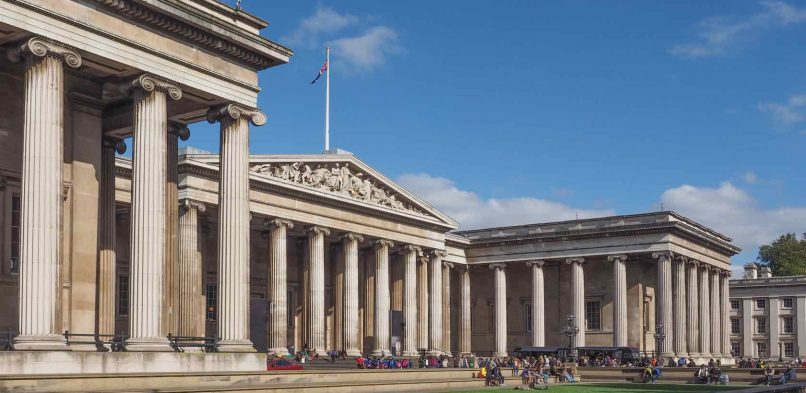Panel B04 at conference RAI2020: Anthropology and Geography: Dialogues Past, Present and Future : “Saharan Imaginaries: Endogenous and Exogenous Perspectives”
Conference places : British Museum, SOAS, RGS (Royal Geographical Society)
Convenors: Hassan Ould Moctar (SOAS, University of London) & Matthew Porges (University of St Andrews)
Discussant: Dr Alice Wilson (University of Sussex)
abstract:
This panel will explore ways in which the Sahara Desert has been experienced and interpreted by agents within and without it. Where do such perspectives converge and where do they diverge? And how do these overlapping Saharan imaginaries relate to the positions of those evoking them?
The Sahara, the world’s largest non-polar desert, has often been treated as a conceptually or geographically unified space. This monolithic depiction can take the form of an externally bounded object of intervention or exploration. At the same time, however, the Sahara is an endogenously experienced environment characterised by political and cultural heterogeneity. From this point of view, any attempt at tracing external frontiers may appear less pertinent than the myriad boundaries that traverse it. In this sense, there is not a single Sahara, but rather multiple, partially overlapping Saharan imaginaries. Endogenous actors may or may not conceive of the Sahara as a unified space, or may experience different boundaries within it. This panel seeks to explore various ways the Sahara has been interpreted and experienced by differently-positioned actors throughout its ongoing history. Our intention is not to draw out an overarching, unified conceptualisation of the Sahara, but rather to situate these perspectives in relation to one another and their socio-historical contexts. Divergences between these different perspectives are thus for our purposes just as fruitful as lines of commonality. Divergent perspectives on Saharan geography need not exist in conflict with one another, and may relate to differing spatial, temporal, utilitarian, or ecological exigencies. Examples of the endogenous and exogenous perspectives around which we hope to elicit discussion might include those of nomadic pastoralists, colonial functionaries, European explorers, indigenous resistance movements, 18th century emirs, Sufi scholars and brotherhoods, as well as contemporary heads of state and international security actors.

